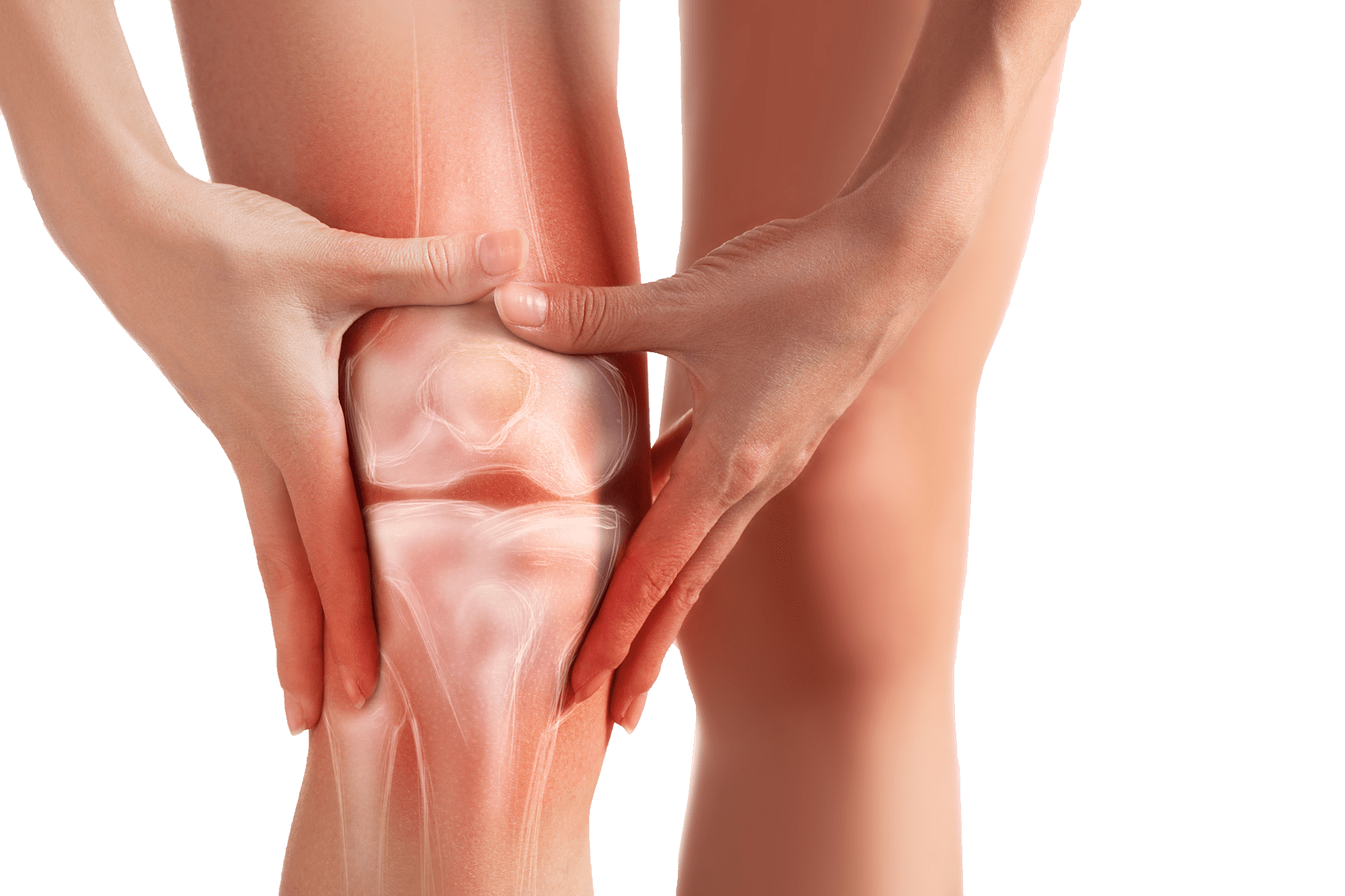Do you occasionally get knee pain that makes it difficult to move around comfortably? It might be knee bursitis, a condition. Don't panic; knee bursitis can be treated and the pain managed. This article will help you guide you on how to take care of your knees with proper knee pain treatment.
Understanding Knee Bursitis: Causes and Symptoms
The bursa, a little sac filled with fluid that cushions the knee joint, becomes inflamed and causes knee bursitis. Repetitive kneeling, a sudden blow to the body, or certain medical problems can all contribute to this inflammation. Here are some signs of knee bursitis:

- Pain and Swelling
Your knee may be painful in the front, rear, or sides. Additionally, the area may become bloated and sensitive to touch.
- Difficulty Moving
It may be difficult to straighten or bend your knee due to the pain. It could get difficult to do things like walk or climb stairs.
Managing Knee Pain from Bursitis: Tips for Relief
It's crucial to treat knee bursitis pain if you want to maintain your comfort and mobility. Here are some suggestions to help you find relief:
- Rest
Take it easy on your knees. Avoid doing things such as kneeling or squatting that make the pain worse. Resting might allow the bursa that is irritated to recover.
- Ice:
Ice can be applied to the injured region to reduce swelling and relieve discomfort. To protect your skin, just cover the ice bag with a cloth.
- Elevation
When you're sitting or lying down, elevating your knee can assist in reducing swelling. As a support for your leg, use a cushion or pillow.
- Compression
Knee braces and wraps can offer support and lessen swelling. Just watch that it isn't too tight to prevent limiting circulation.
Treating Knee Bursitis: Professional Care and Recovery
Sometimes home treatment for knee bursitis is insufficient. It's time to seek medical attention if the discomfort lasts or worsens. Here's what you can expect:
- Medical Evaluation
To diagnose the disease, your Pain Management Specialist will check your knee, inquire about your symptoms, and maybe do tests such as X-rays or ultrasounds.
- Medications
Stronger drugs may be recommended by your doctor to treat inflammation and pain. Aside from that, they'll advise you on dose and usage.

- Physical Therapy
Your knee muscles can be strengthened, and your flexibility can be increased with exercises from a physical therapist, both of which help speed up healing.
- Injections
Your Knee Pain doctor new york may occasionally advise injections to lessen pain and inflammation. Corticosteroids or other drugs could be present in these injections.
Conclusion
Despite the discomfort that knee bursitis can cause, with the right management and care, you may obtain comfort and resume your favorite activities. Do not forget to elevate your knee while resting and applying ice. In order to ensure that you get the proper care for a quick recovery, seek expert help if the discomfort continues. To maintain a healthy and pleasant lifestyle, taking good care of your knees is crucial.





